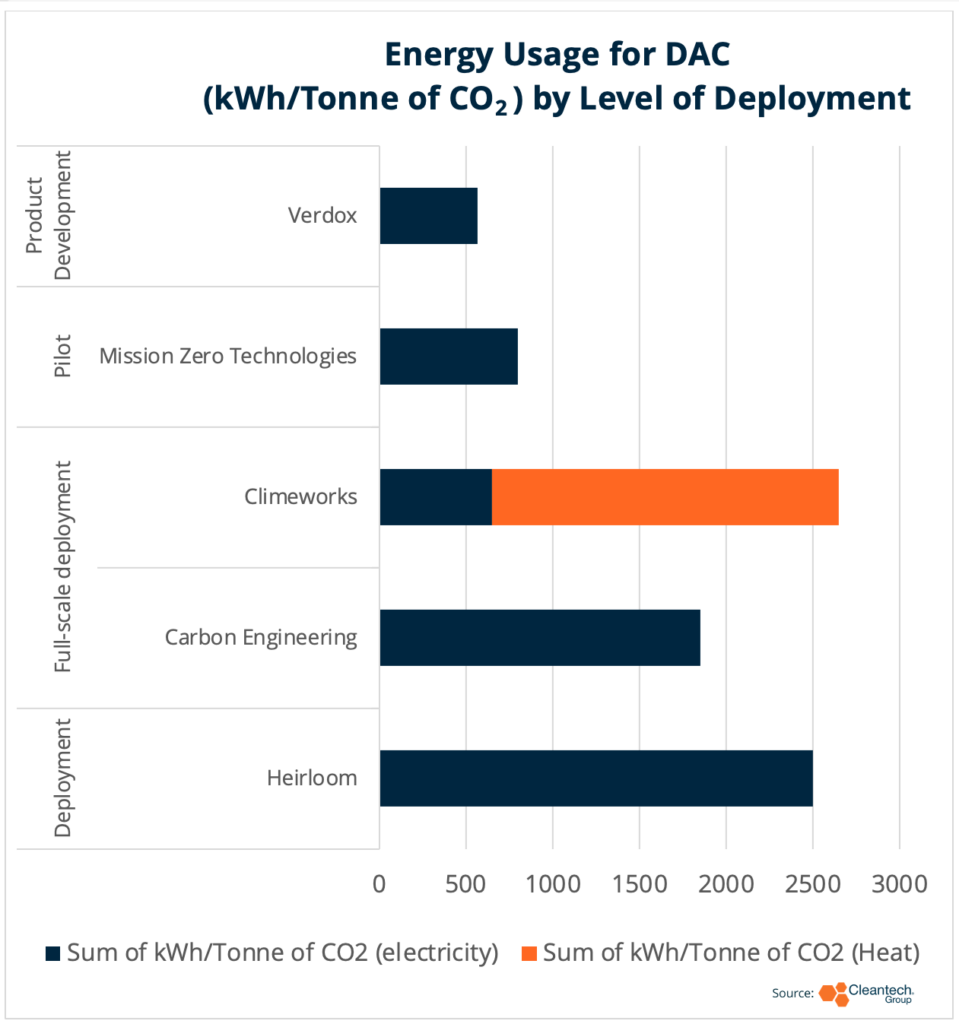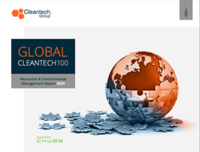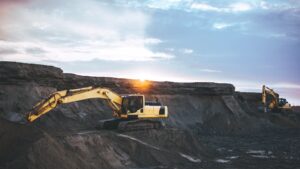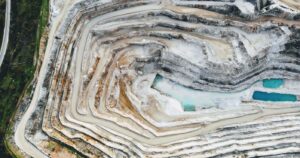Can Sorbent Innovation Make DAC Viable?
There exist various methods for carbon removal, encompassing both natural and technological approaches. Natural solutions involve activities such as tree cultivation and enhancing soil’s capacity to sequester carbon. Technological solutions, on the other hand, encompass processes that expedite or mimic natural carbon removal mechanisms, as well as direct extraction of CO2 from the atmosphere.
Direct air capture (DAC) is a promising form of technological carbon removal that is now demonstrating potential and is expected to be integrated into a broader portfolio of carbon removal strategies.
While critics have derided DAC as a distraction to other more efficient technologies such as point-source capture or ocean capture, in comparison to alternative carbon removal methods, this particular approach requires a relatively small amount of space and offers the advantage of flexible siting. In fact, it is 100 times more land efficient than reforestation.
Consequently, DAC mitigates the risk of conflicting land utilization and allows for construction on marginal land or in close proximity to geological storage sites, thereby reducing the necessity for extensive CO2 pipeline infrastructure. DAC also provides a source of non-fossil carbon for synthetic fuels where other sources of feedstock are likely to become constrained and can reduce emissions in aviation and maritime sectors.
The Importance of Sorbents for DAC
Sorbents typically capture CO2 at ambient temperatures and are regenerated by releasing the captured CO2 at elevated temperatures like that from Climeworks or by using alternative heat sources as well as non-thermal techniques such as electrochemical or passive contact. Sorbents can be in liquid, solid, or a hybrid material that has both liquid-like and solid-like components. Carbon Engineering for example, has an aqueous-sorbent-based chemical looping process for DAC.

Materials innovation, particularly in sorbents, are critical to cutting the cost gap if DAC is to meet carbon capture demand. Doubling adsorbent capacity is equivalent to halving materials manufacturing costs or doubling material lifetime and has the additional benefits of also lowering the capital expenditures (CapEx) and operating expenditures (OpEx) of a DAC system. However, first-generation DAC technologies are very energy-intensive due to the work required to separate CO2 from the sorbent or solvent. The graph below shares the energy demand levels of innovators of various DAC methodologies and scale of deployment.

Recent technological advancements in DAC are increasingly focused on novel separation systems, aiming primarily to mitigate the energy intensity or equipment cost associated with these processes. These technologies consist of:
- Zeolites, which are porous molecular sieves that are particularly useful for carbon capture and metal organic frameworks. Innovators such as CarbonCapture, Carbon Infinity and Removr have been betting on them in their units. The latter inaugurated the first operational DAC plant relying on zeolites in 2022 in Norway, with plans to scale the technology up to 2,000 tCO2/year by 2025.
- Electro-swing adsorption, used by innovators such as Verdox and Carbon Atlantis, have DAC units with a solid electrode that adsorbs CO2 when negatively charged and releases it when a positive charge is applied, reducing energy usage in regeneration.
- Integrating into existing structures such as cooling towers or ventilation systems, Capture6 recently received an $8M grant from the California Energy Commission to support the Pure Water Antelope Valley (PWAV) Demonstration Facility, the first fully integrated water management and carbon dioxide (CO₂) removal facility.
The development of sorbents for widespread use in DAC still requires fundamental research aimed at establishing structure-property-performance relations. DAC technology has an estimated cost of $600–1,000 per tonne/CO2 which is hindering adoption. Since DAC is an emerging technology in a nascent market, it is imperative to thoroughly investigate the overall energy demands, economic viability, and environmental sustainability of a groundbreaking sorbent.
Efficiently removing CO2 from the air, particularly when using powder sorbents, requires a well-optimized design for the air-sorbent contactor column. Nevertheless, the act of driving significant amounts of atmospheric air and the resulting pressure drop in a sorbent unit can lead to considerable operational expenses. Developing an efficient contactor capable of processing a large volume of air will also contribute to reducing the overall cost of capturing CO2.
What to Look Out For
While the majority of these technologies have yet to be proven on an industrial scale, they have captured the interest of major tech corporates like Amazon, Microsoft, Stripe, etc., for carbon credit agreements. A fast-growing market for CDR credits and carbon negative products (e.g., concrete) plus $3.5B in scale-up funding in the U.S. have generated significant tailwinds for the industry. Estimates show that offset purchases will reach 6 million tonnes by the end of 2023 – if that occurs, it would be a 10x increase from the previous year.
Methodologies are still in development by certification providers like Verra, which limits its ability to be sold. In order to support DAC’s inclusion in regulated carbon markets and national inventories, as well as to evaluate the advantages of subsidy schemes for DAC, be on the lookout for a global push to develop agreed-upon methodologies and accounting frameworks based on life cycle assessment (LCA) for DAC, in conjunction with other carbon removal approaches.
Recent Activity
Spiritus, a developer of modular passive contacting DAC units with a low temperature desorption process, raised $11M in Series A funding in September from Khosla Ventures and Page One Ventures.
44.01, a developer of carbon mineralization technologies via enhanced weathering, and AirCapture, a leading DAC technology company, have joined forces on the DAC + Mineralization project in Oman. The project, which will begin operations in Oman’s Hajar mountains in late 2024, significantly scales up the use of peridotite mineralization technology to eliminate atmospheric CO2.
Occidental Petroleum acquired Carbon Engineering in August 2023 for $1.1B, marking the first major DAC acquisition. 1PointFive, another Oxy subsidiary, is currently using Carbon Engineering’s technology to construct what it says will be the largest DAC project in the world, in Ector County, Texas.



